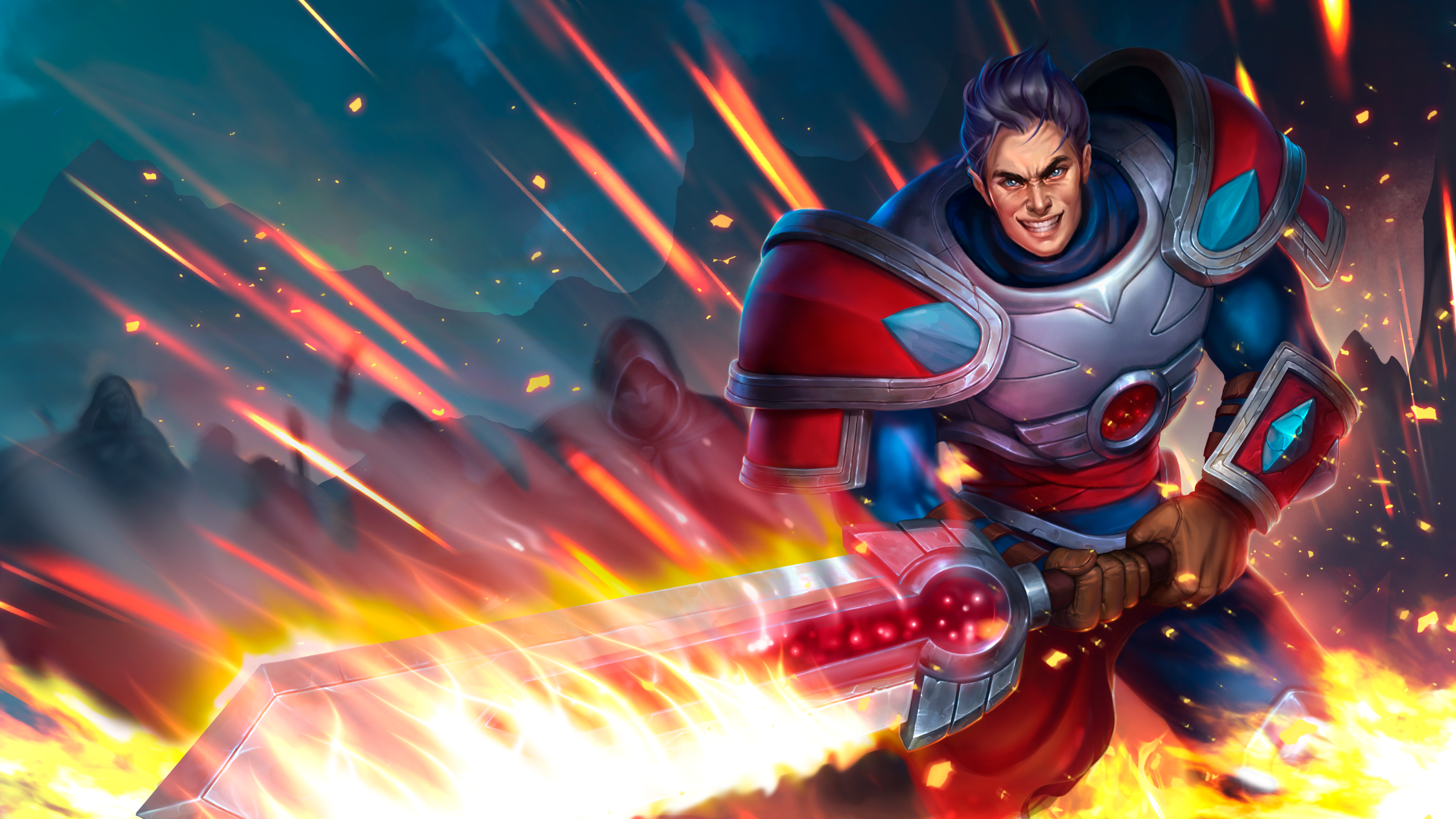With all of the buzz about the Videogame Museum History Museum breaking ground in January, it seems like it is not the first of its kind. Over in Oakland, California, there is also The Museum of Art and Digital Entertainment, or simply known as “The M.A.D.E.”.
Massively (Joystiq’s MMO blog) reports that this weekend, The M.A.D.E. is planning to ressurect Habitat, which it claims to be the world’s first MMO. According to a press release from M.A.D.E.:
“The Museum of Art and Digital Entertainment (The MADE) will be spending Sunday, September 28th, attempting to resurrect the world’s first massively multiplayer online game, Habitat. The project seeks to relaunch the Habitat server on original Stratus Technologies hardware from 1989, and to allow users on the Internet to connect to the game server for free using a Commodore 64 emulator. The MADE is the first videogame museum to attempt such a relaunch. In fact, there has never been an attempt to relaunch a 28 year old, dead MMO before, primarily because MMO’s are mostly a phenomenon that has existed only over the last 15 years.”
What Was Habitat?
The virtual world was created by Lucasfilm Games, and was launched in 1985, running on the Commodore 64’s Q-Link platform. The Q-Link was an AOL type of service for the Commodore 64 computers. Back then, the game was accessible only on nights and weekends.
The server running the game was a Stratus server, running its own Stratus VOS operating system, and was considered to be an extremely advanced piece of hardware at the time. The server could handle 10,000 concurrent connections, though I am not sure if the Q-Link itself could handle 10,000 concurrent dial-up connections.
The game itself was a virtual world where players could interact with the environment, as well as chat with each other. Players could even be robbed and killed in the game. On the Q-Link service, the game’s name was changed to Club Carribe, and it mainly just removed science fiction elements out of the game, but otherwise, Habitat and Club Carribe were identical.
Why Preserve This Game?
The most obvious reason to preserve Habitat is simply because it was the first MMO that the world had ever seen. More importantly though, it serves as the basis of all MMOs today. The game was the first to introduce online avatars, in-game costumes and accessories, pie menus, and the general concept of an online world.
Games such as Ultima Online, World of Warcraft, Everquest, etc. all have commonalities with Habitat, and it is important to preserve the heritage of video games. Simply making a reference note, or showing a picture, or even a demo of the game would not do it any justice, as with any other video game. In order to fully appreciate the game, it must be in a playable format in order to truly and fully expeience it.
Who’s Behind This Project?
Fujitsu is the current holder of the rights to Habitat, and has been working closely with The M.A.D.E. to get this project moving smoothly. Additionally, Stratus has donated a server to The M.A.D.E. that is fully configured with the Stratus VOS on it. Most importantly, the two former Lucasfilm employees who created the game, Chip Morninstar and Randy Farmer, are also involved in recompiling the C64 code, and getting it up and running on the Stratus server.
This weekend, The M.A.D.E. will be hosting a party to get all of the people above, and a chatroom full of C64 geeks together to get Habitat up and running again. Since C64 machines are very rare, and they probably won’t be hosting a bank of phone lines for dial-up connections, the game will be accessible through C64 emulators through the Internet.
Hopefully, they can get this working, and I know that I am pretty excited about trying out this piece of video game history!






Published: Sep 26, 2014 08:54 am